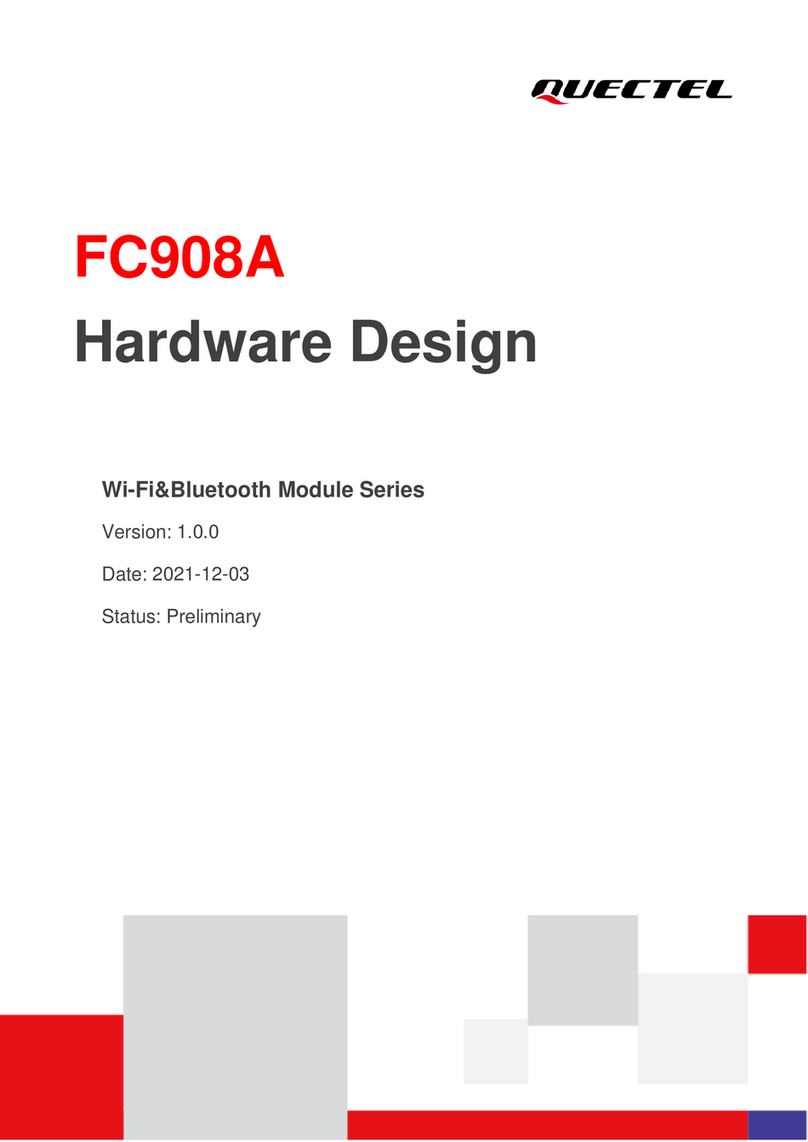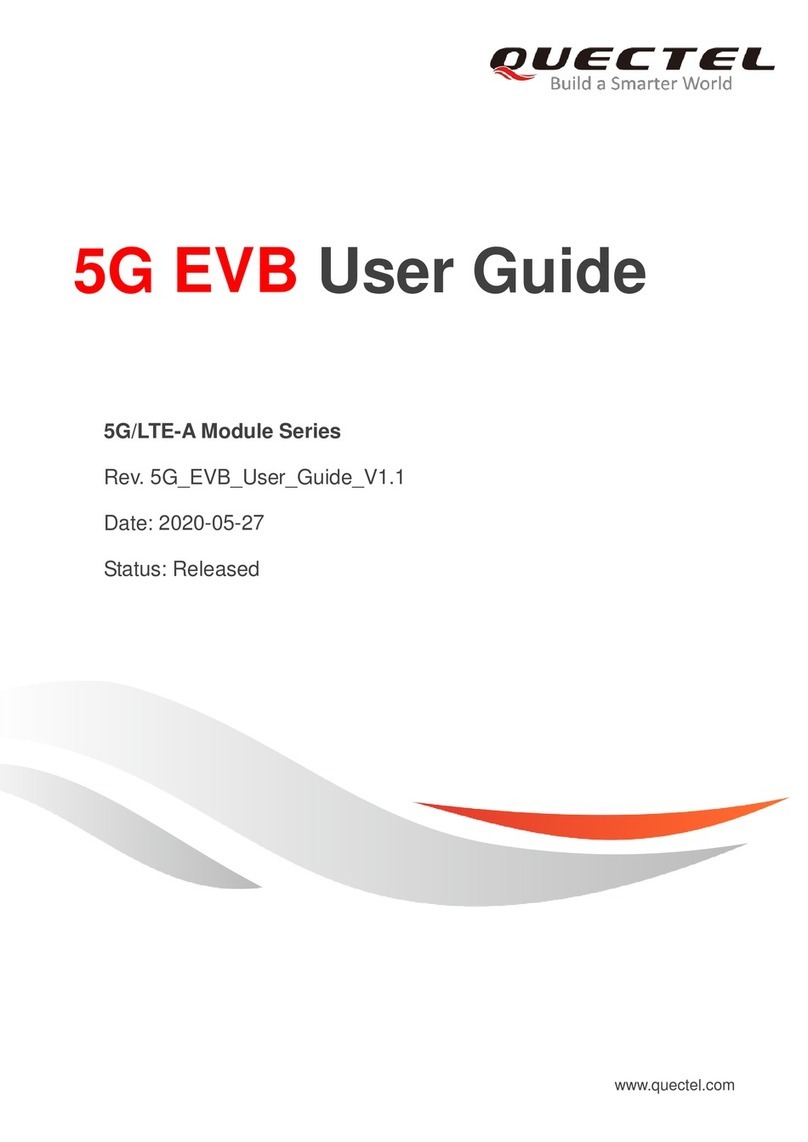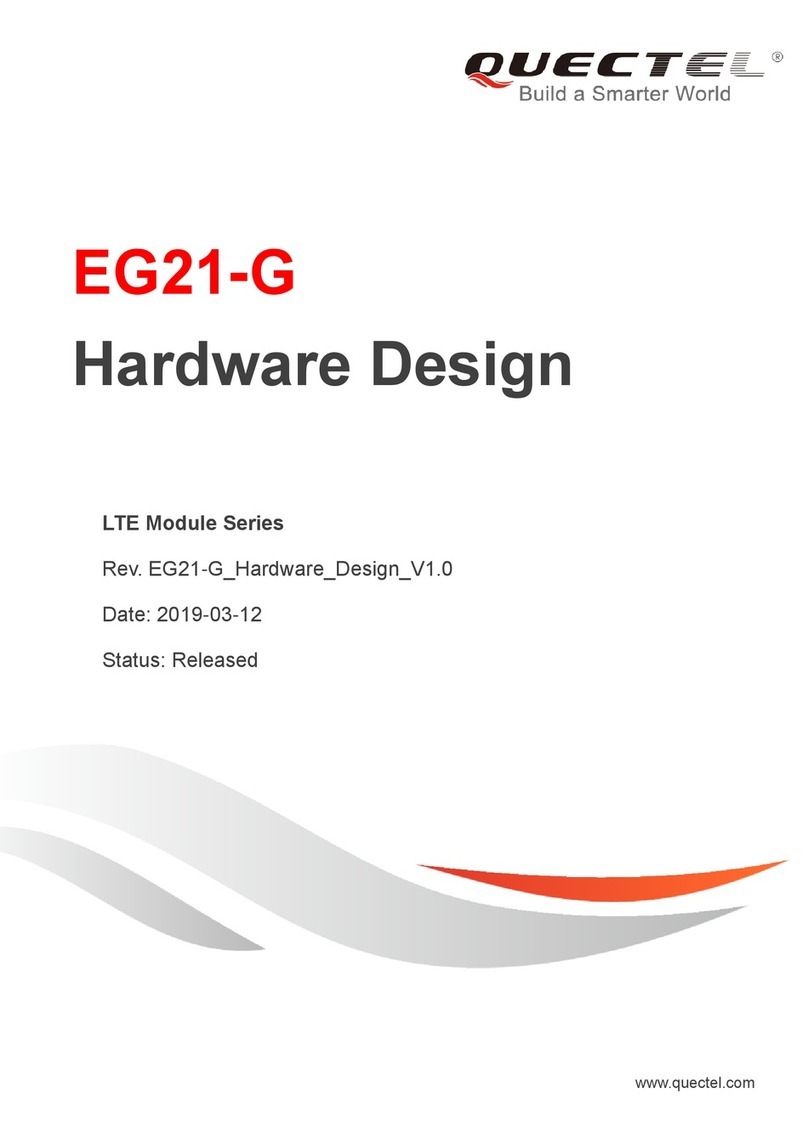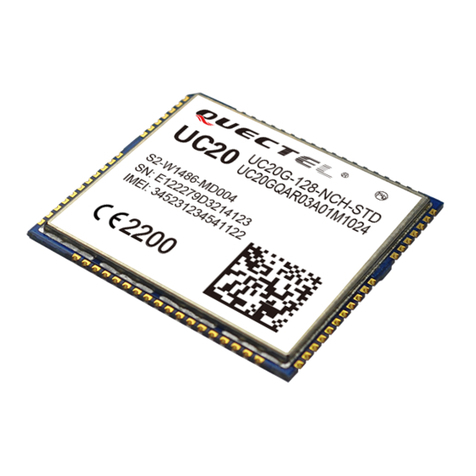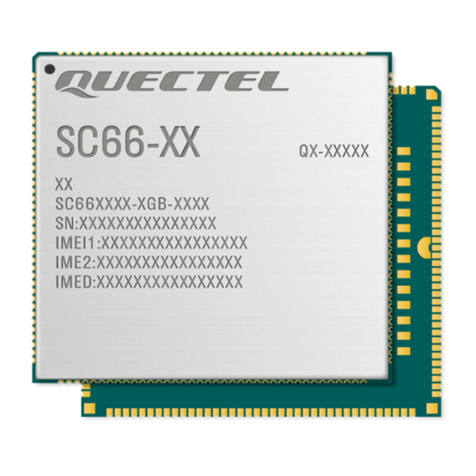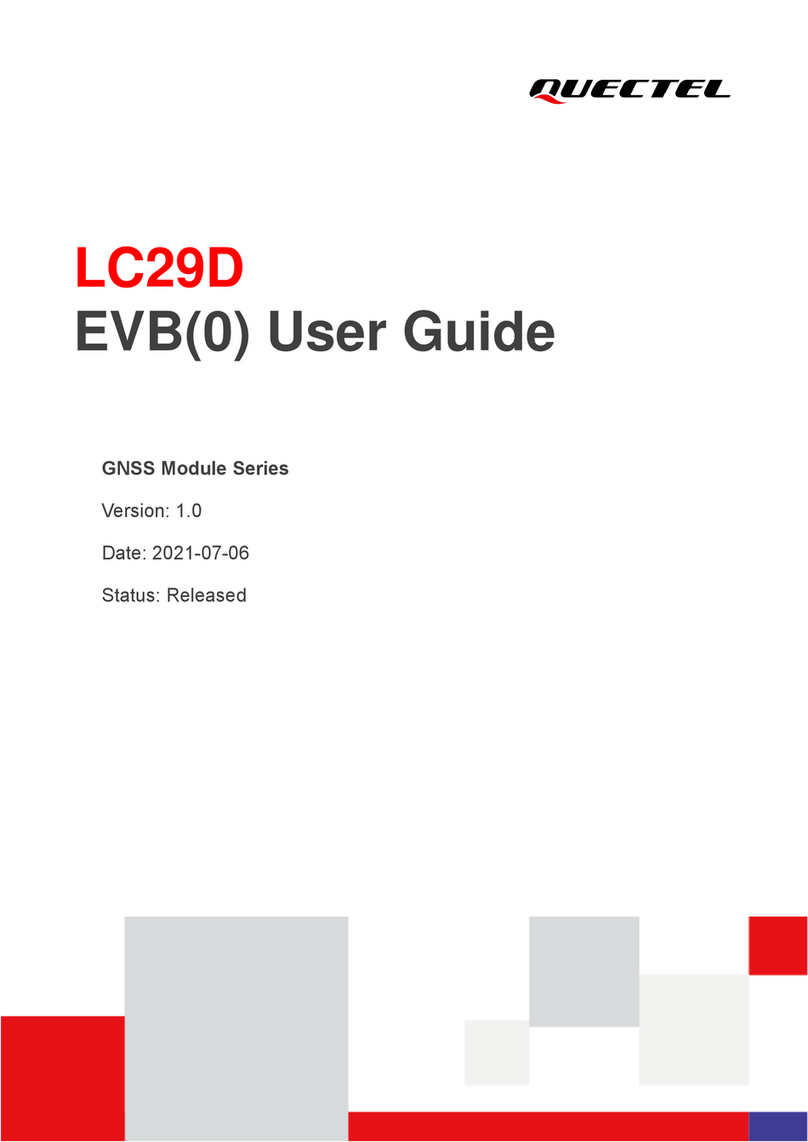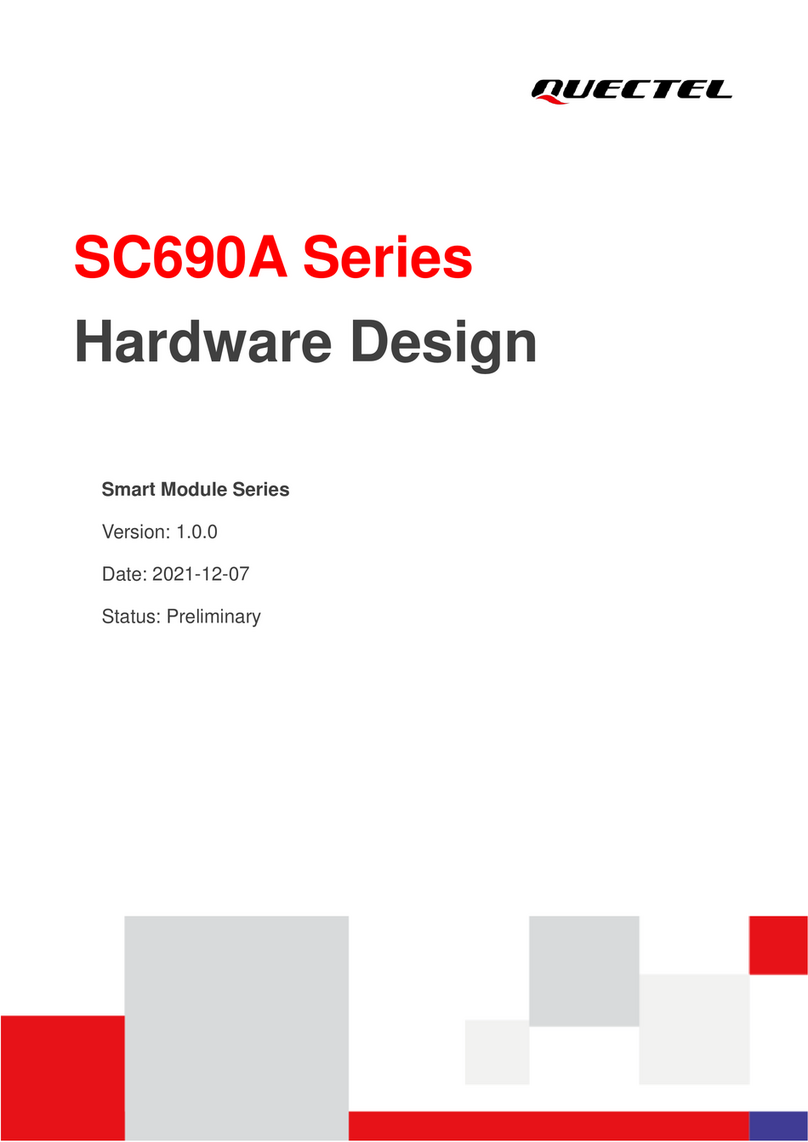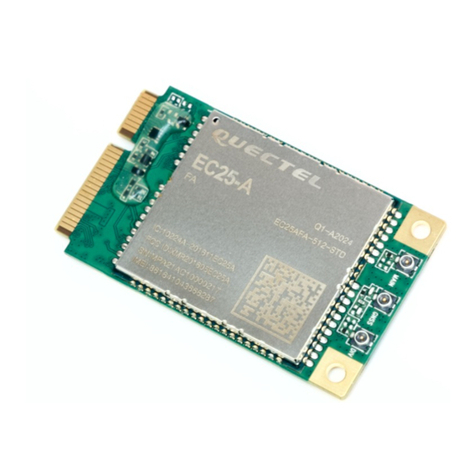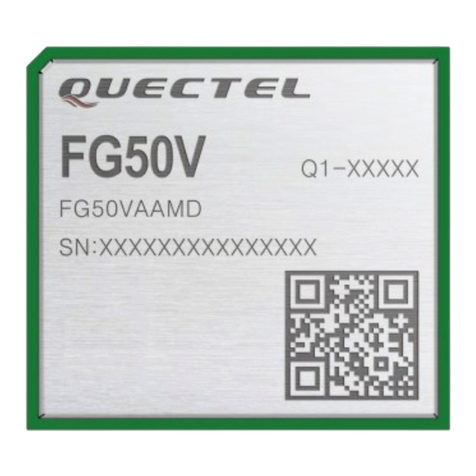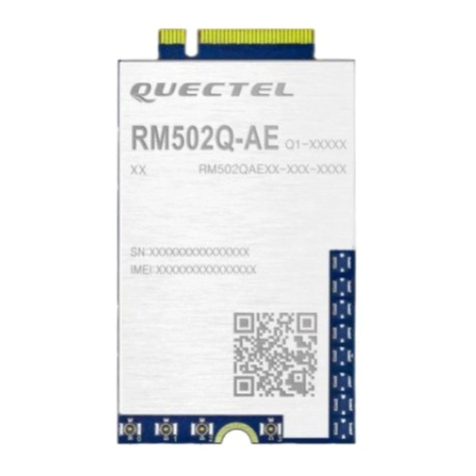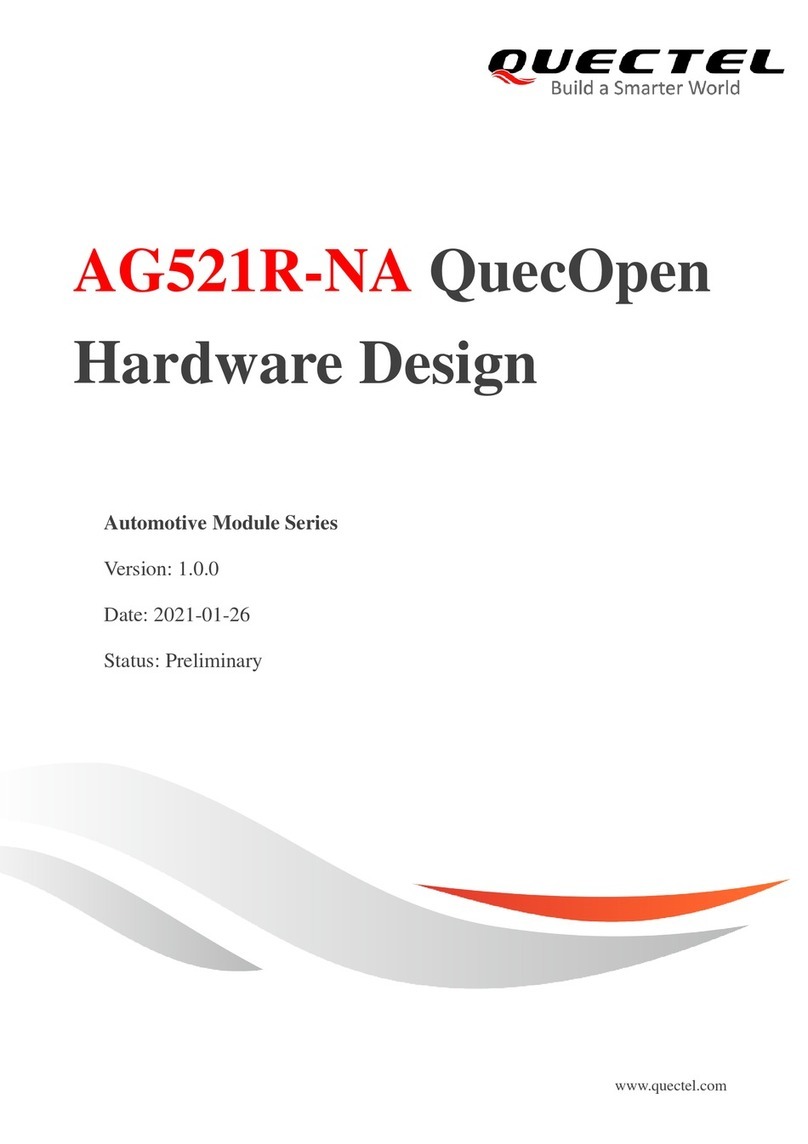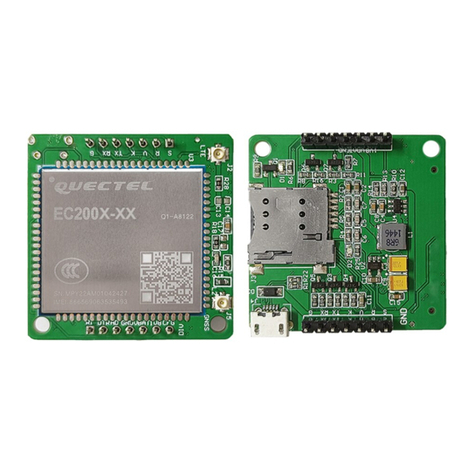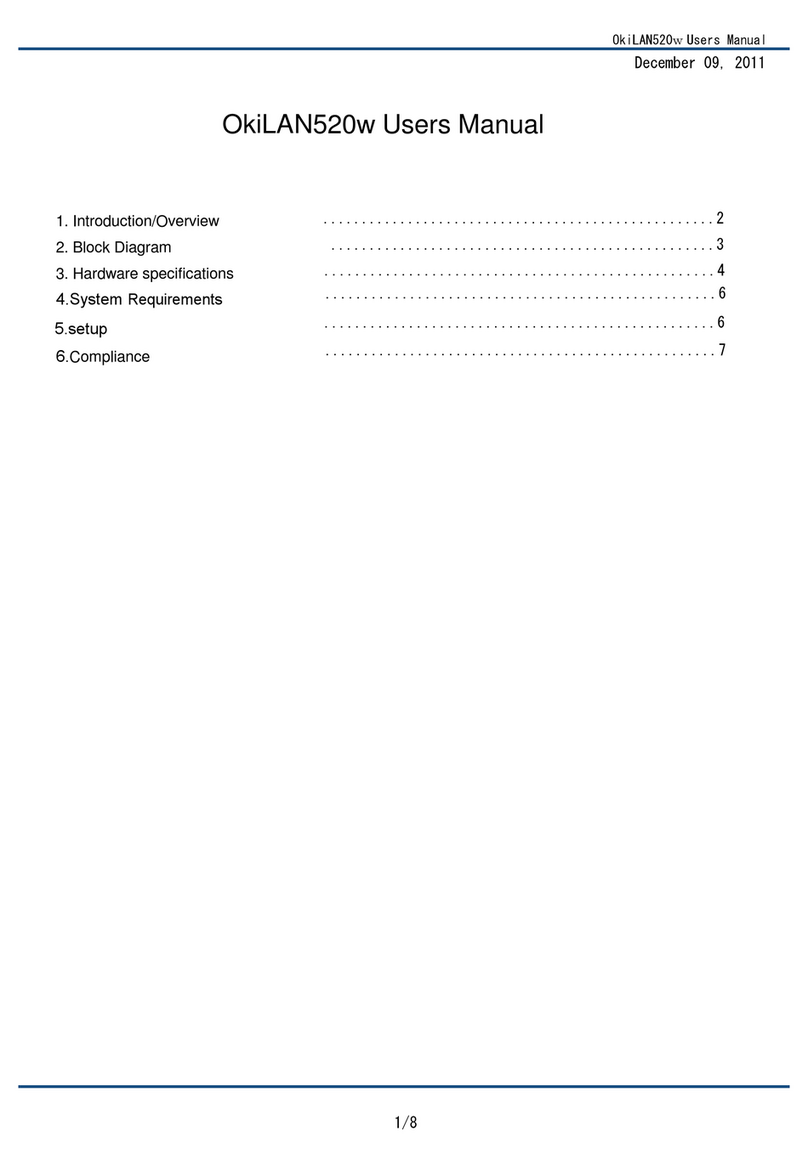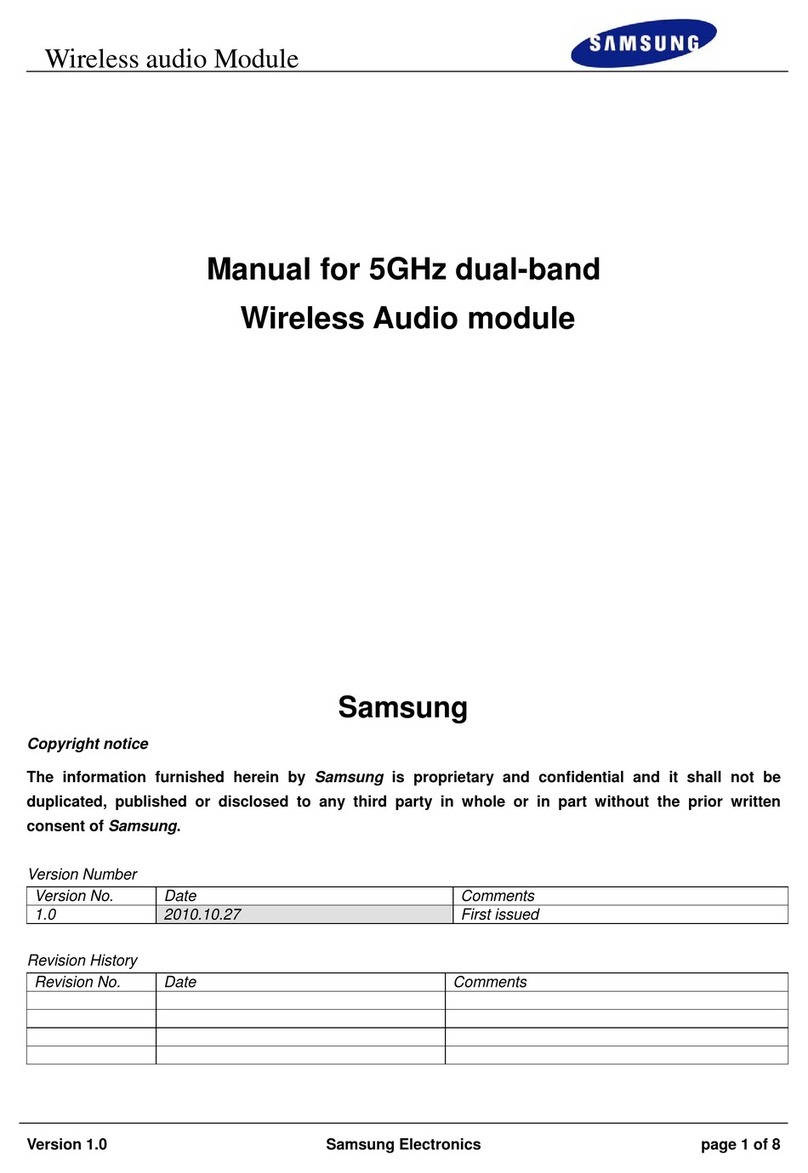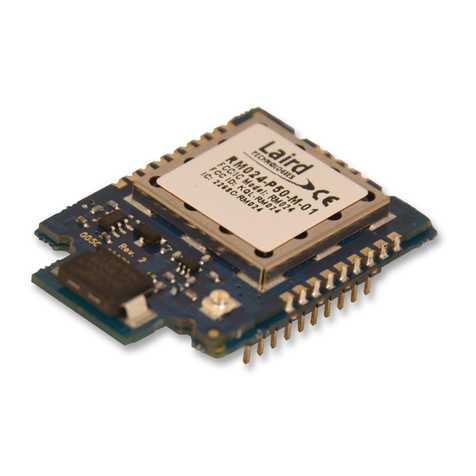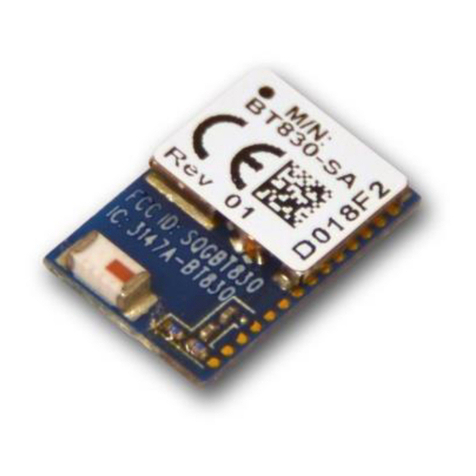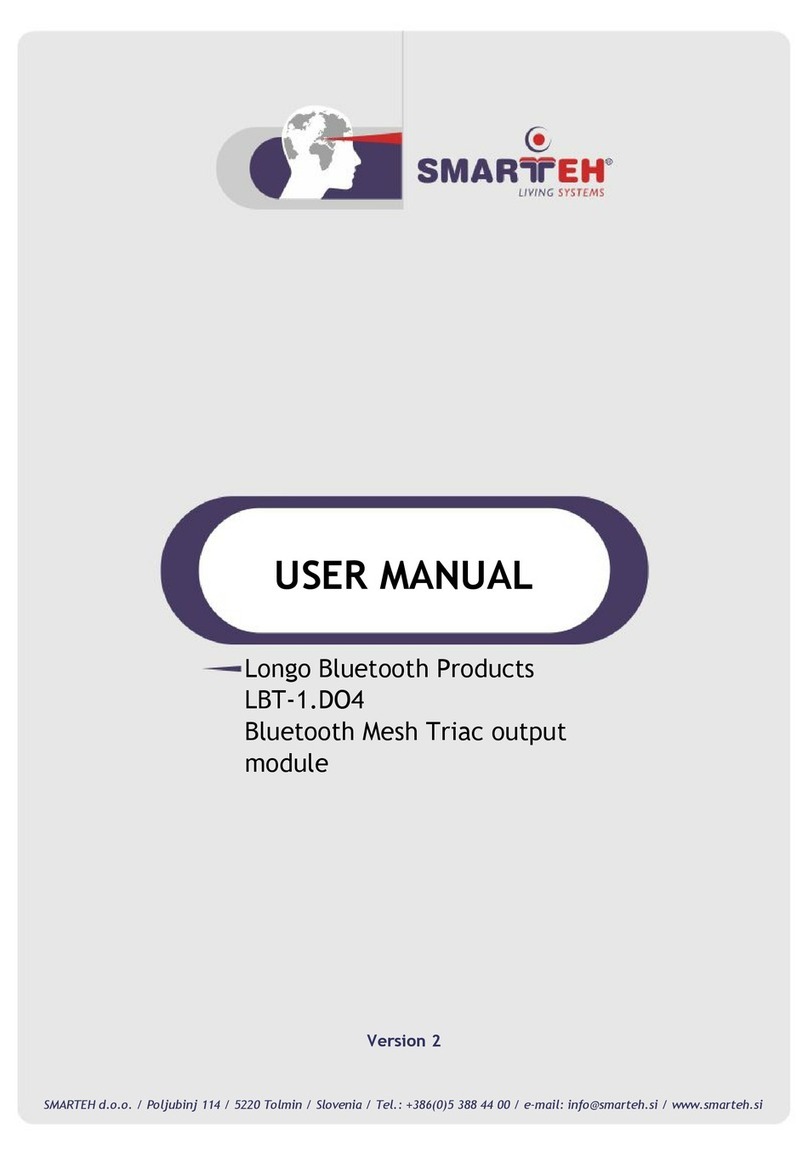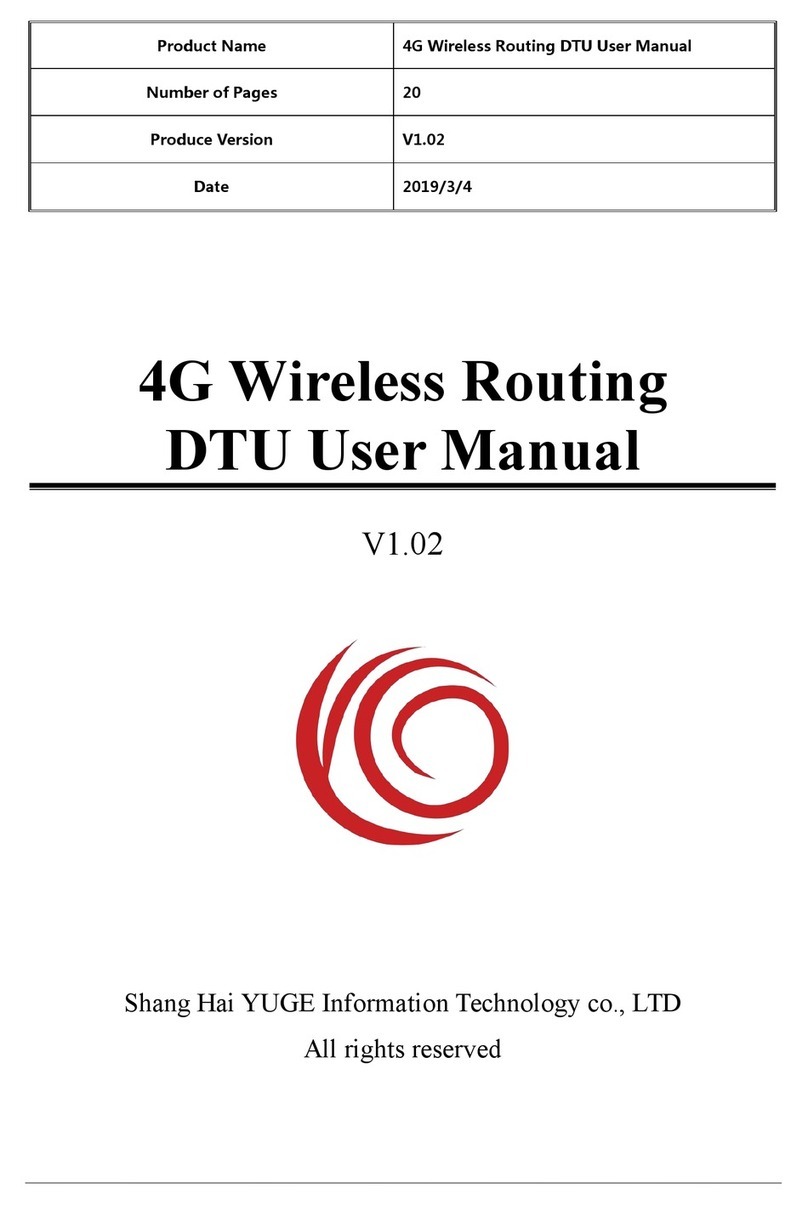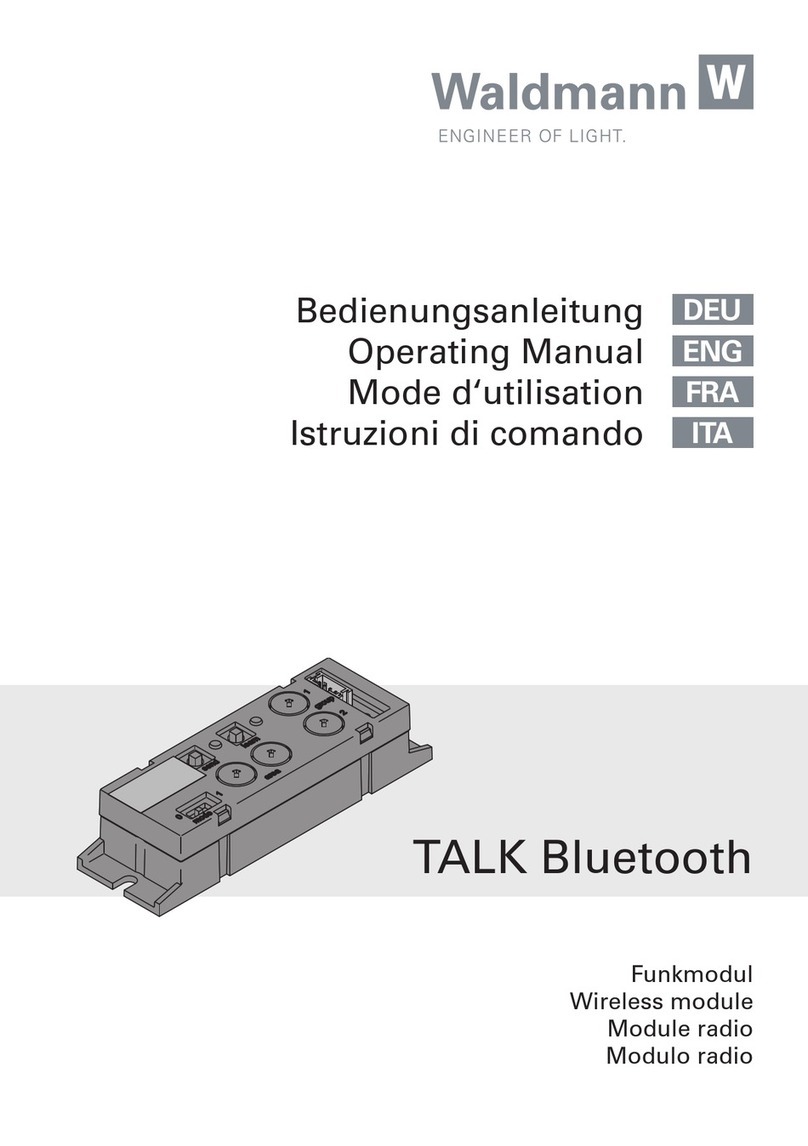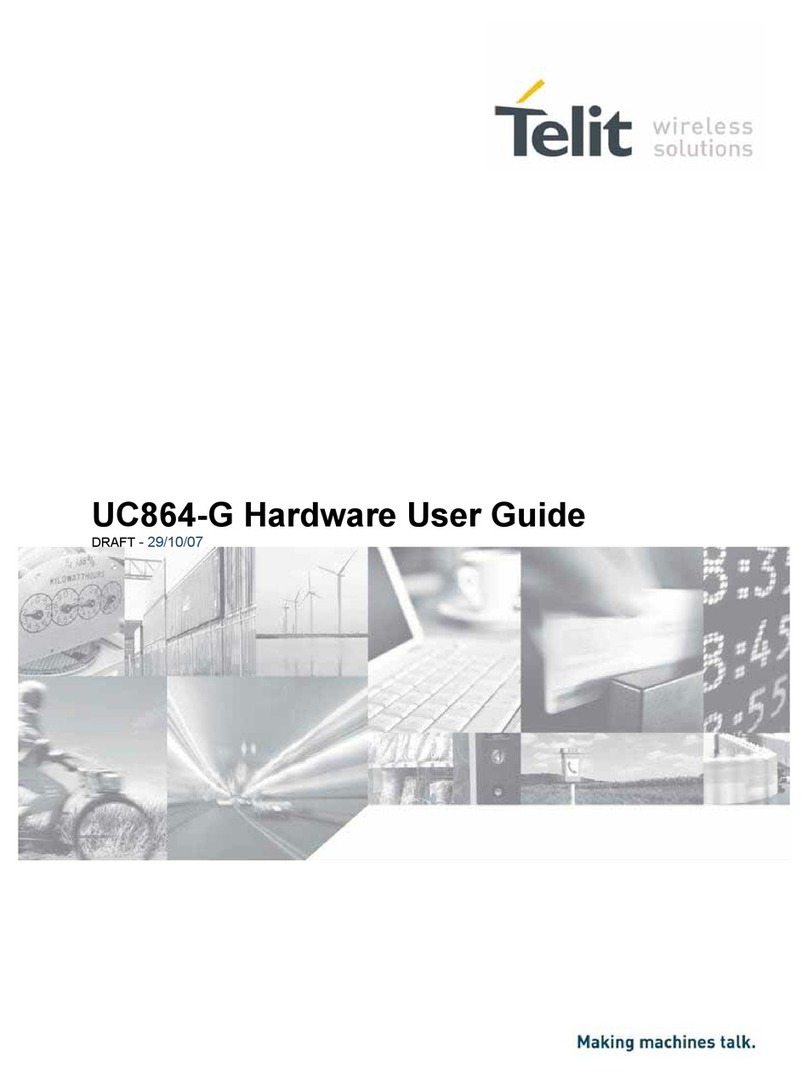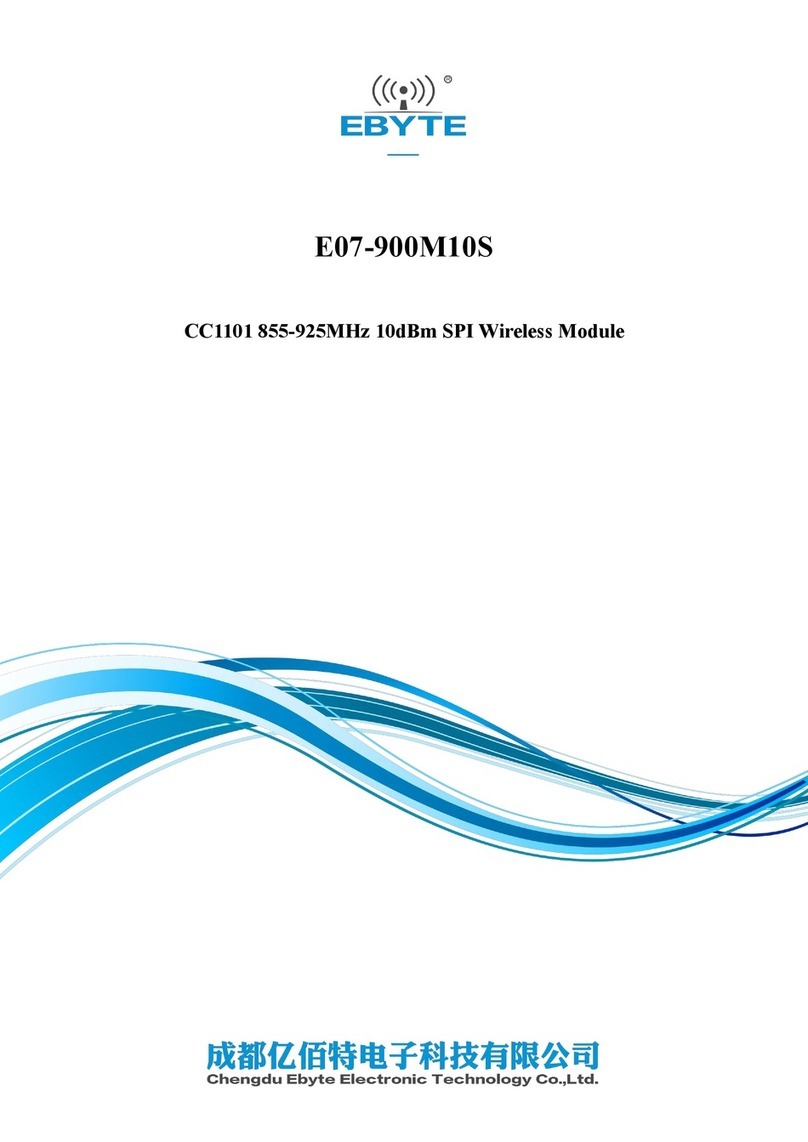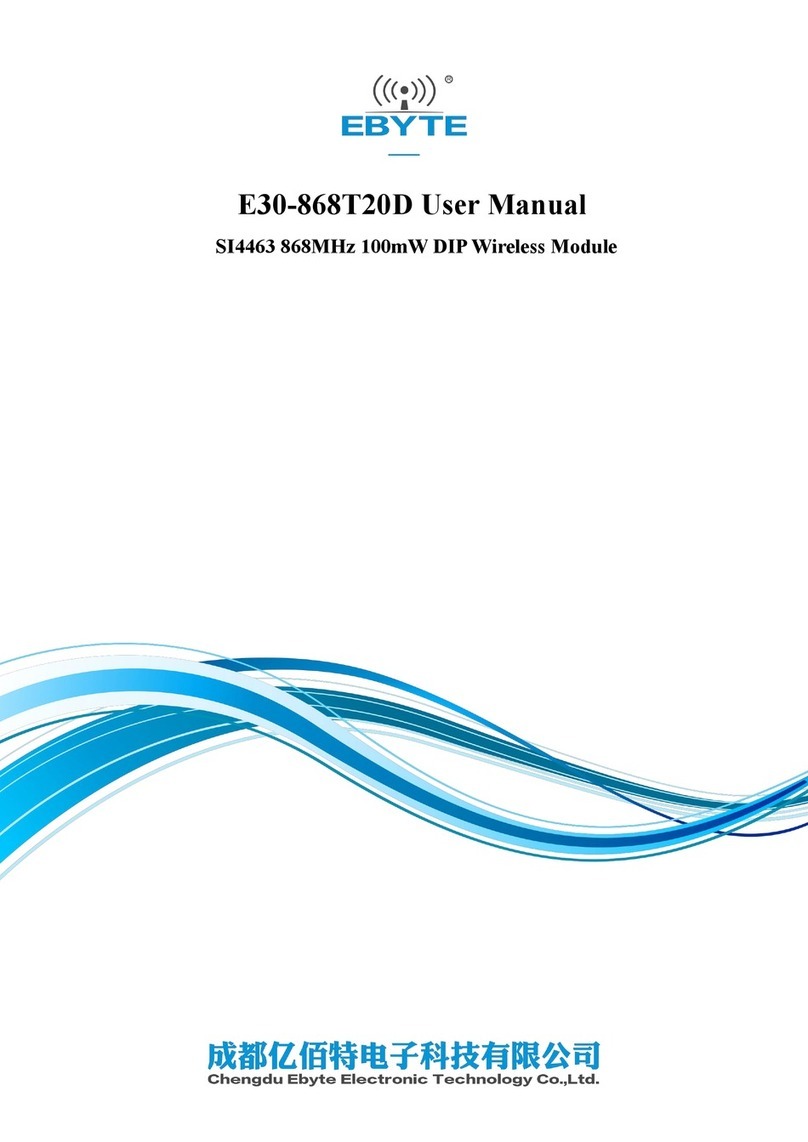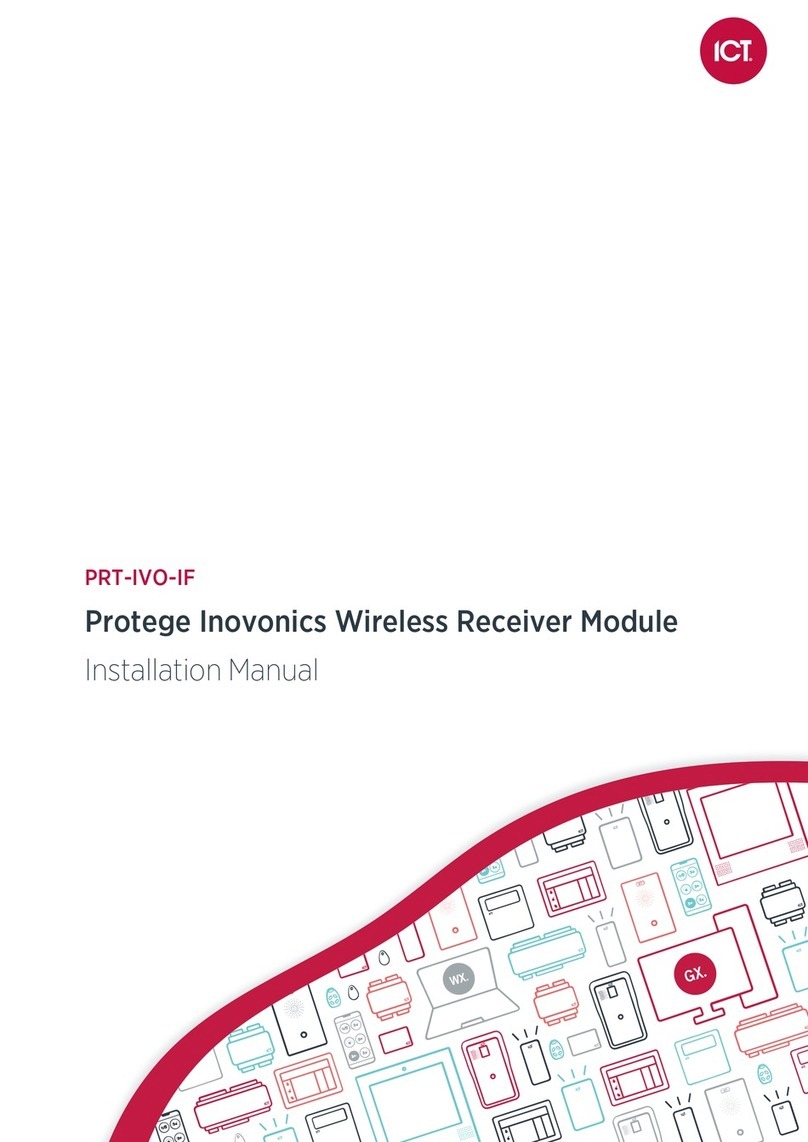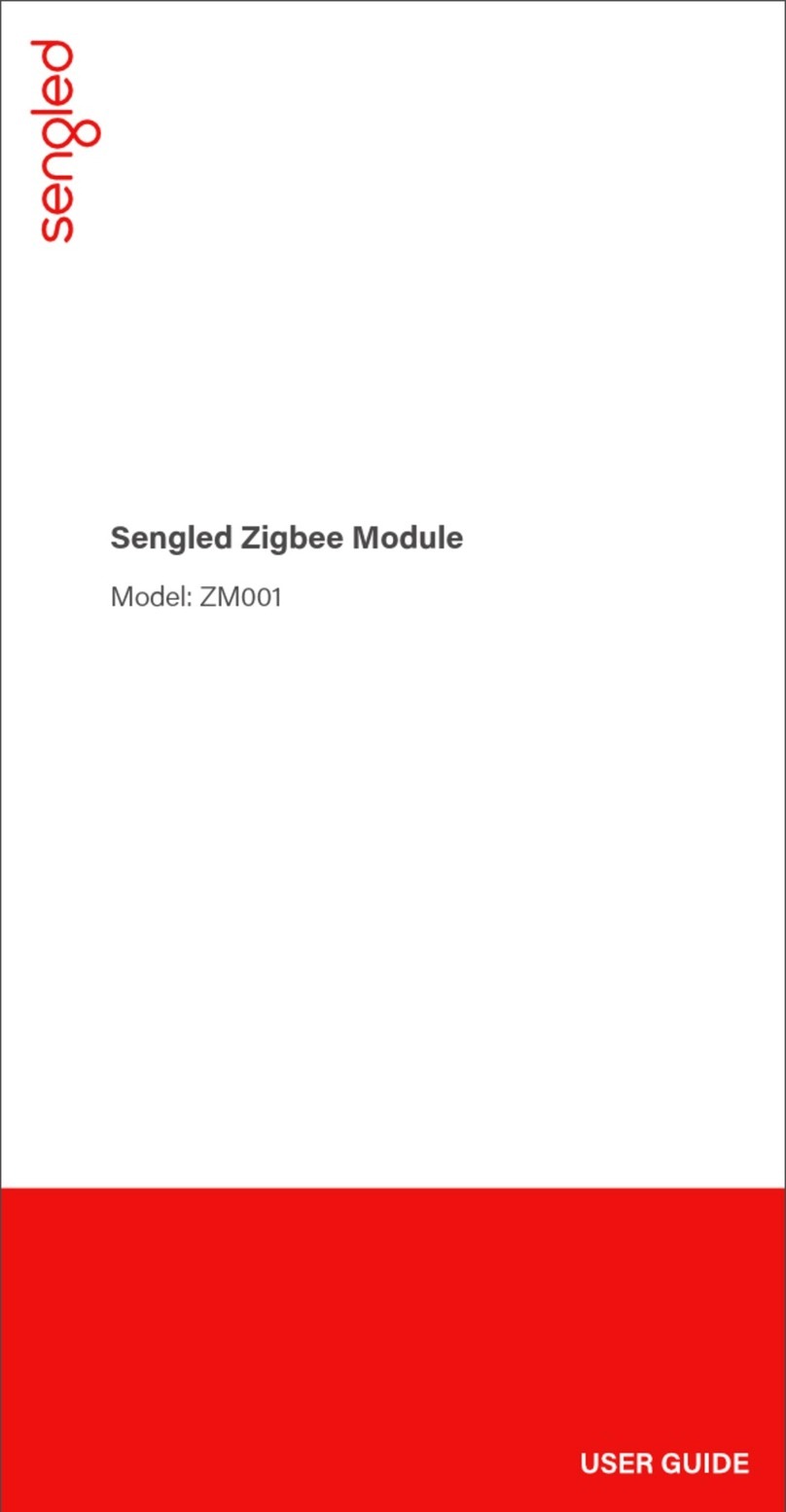
LTE-A Module Series
EG18 Hardware Design
EG18_Hardware_Design 4 / 104
3.11. SPI Interface*...........................................................................................................................53
3.12. PCM and I2C Interfaces..........................................................................................................55
3.13. ADC Interfaces ........................................................................................................................57
3.14. Network Status Indication........................................................................................................58
3.15. Operation Status Indication.....................................................................................................60
3.16. RI Behaviors............................................................................................................................60
3.17. PCIe Interface* ........................................................................................................................61
3.17.1. Root Complex Mode ......................................................................................................63
3.17.2. Endpoint Mode...............................................................................................................64
3.18. SDIO Interface*........................................................................................................................65
3.19. Antenna Tuner Control Interfaces*..........................................................................................67
3.20. USB_BOOT Interface..............................................................................................................68
3.21. GPIOs......................................................................................................................................69
4GNSS Receiver...................................................................................................................................70
4.1. General Description.................................................................................................................70
4.2. GNSS Performance.................................................................................................................70
4.3. Layout Guidelines....................................................................................................................71
5Antenna Interfaces.............................................................................................................................72
5.1. Main/Rx-diversity/MIMO Antenna Interfaces...........................................................................72
5.1.1. Pin Definition..................................................................................................................72
5.1.2. Operating Frequencies...................................................................................................72
5.1.3. Reference Design of RF Antenna Interfaces.................................................................74
5.2. GNSS Antenna Interface.........................................................................................................75
5.2.1. Pin Definition..................................................................................................................75
5.2.2. GNSS Frequency...........................................................................................................75
5.2.3. Reference Design of GNSS Antenna Interface.............................................................76
5.3. Reference Design of RF Layout..............................................................................................77
5.4. Antenna Installation.................................................................................................................78
5.4.1. Antenna Requirements ..................................................................................................78
5.4.2. Recommended RF Connector for Antenna Installation.................................................79
6Electrical, Reliability and Radio Characteristics............................................................................81
6.1. Absolute Maximum Ratings.....................................................................................................81
6.2. Power Supply Ratings.............................................................................................................82
6.3. Operation and Storage Temperatures ....................................................................................82
6.4. Current Consumption ..............................................................................................................83
6.4.1. EG18-EA Current Consumption.....................................................................................83
6.4.2. EG18-NA Current Consumption ....................................................................................85
6.5. RF Output Power.....................................................................................................................87
6.6. RF Receiving Sensitivity..........................................................................................................87
6.6.1. EG18-EA Receiving Sensitivity......................................................................................87
6.6.2. EG18-NA Receiving Sensitivity......................................................................................88
6.7. Electrostatic Discharge............................................................................................................89
6.8. Thermal Considerations ..........................................................................................................89
